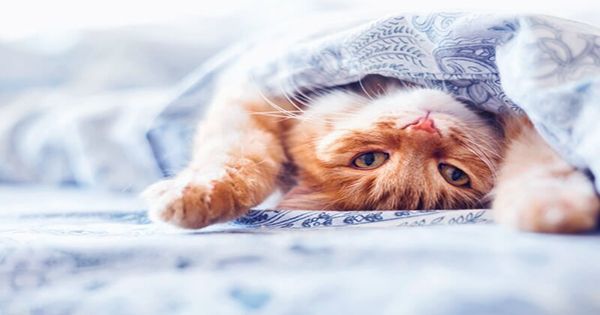Cats have the name of love written on catnip, but the reasons for this love are probably not what you think. Our companions and their larger relatives did not share insects for catnip molecules. A good face can protect against unpleasant bites and possibly even disease. Amazing videos of cats going wild on Catnip have been viewed millions of times, thanks to the Internet’s stabilization.
Nonetheless, science has long neglected our duty to explain why it loves it so much, even though the involvement of the chemical nepetalactone was in doubt. Masao Miyazaki, a professor at Iowa University in Japan, has now addressed this important deficit in our knowledge. Miyazaki notices these effects by creating a similar reaction to the silver vine (Actinidia polygama) catnip (Nepeta cataria) and contains some common chemicals.
Miyazaki said in a statement, “The first appearance of the silver vine (“Matatabi “in Japanese) as a cat catcher in Japanese literature more than 300 years ago.” Western biologists were caught fifty years later. Miyazaki added, “A folk tale painted in 1859, Ukiyo-e, shows a group of rats trying to seduce a cat with the smell of a silver vine.”
Miyazaki and colleagues reported in Science Progress that they introduced paper filters on chemicals derived from silver vines for both cats and cat family members, including jaguars, Amur leopards, and Eurasian lynx. All felids rub their faces into the filtered filters with nepetalactol before rolling on the ground. In addition, cats increased levels of β-endorphins in the blood, indicating that the molecule triggers their system-opioid system. Yes, these are opioids for your cat.
However, given how widespread the response is within the cat family, the authors doubted an evolutionary advantage. Mentioning nepetalactol as a mosquito repellent depends on how long the mosquitoes landed on the cats’ heads, depending on whether they applied nepetalactol to their fur.
In both the lab and home environments, cats that smelled themselves on silver vines or their products were less likely to be bothered by pathogenic insects. In this case, the mosquito was Aedes albopictus, but the authors a. Expect no benefit against A. aegypti, carriers of diseases such as dengue and yellow fever – although more closely related malaria carriers are less certain.
Research has explained some things – such as cats being more interested in getting a catnip or silver vine on themselves than rubbing their mouths or rolling over it rather than eating it. In fact, when the authors placed nepetalactone-infected papers on the walls or ceiling of the cage, the cats were attracted to them but avoided the rubber-after roll. “Rolling is a functional behavior rather than an indicator of excitement or extreme pleasure,” the paper concludes.
Nevertheless, much still puzzles Miyazaki. “Why is this response limited to cats? Why don’t non-linear animals respond to plants? “To find the answers, we want to identify the gene responsible for the reaction. The results of this study can be used in a variety of applications, including the development of new mosquito recovery products.”
















